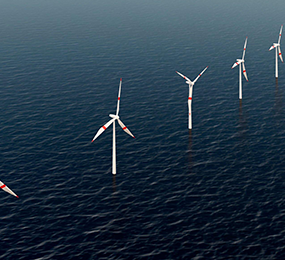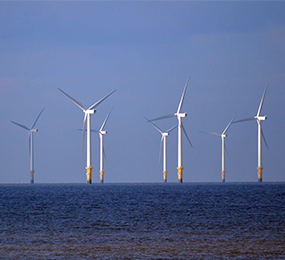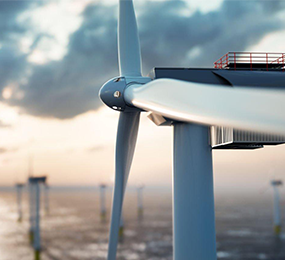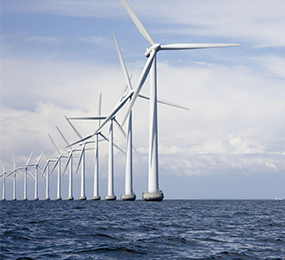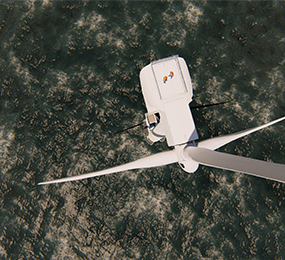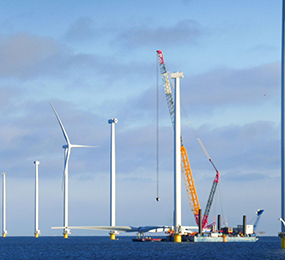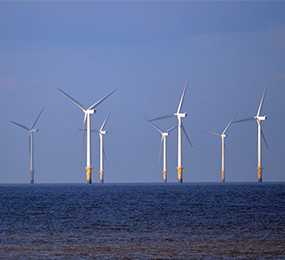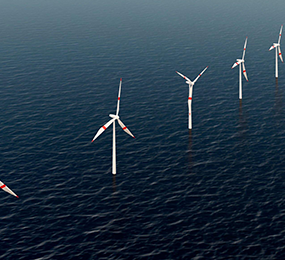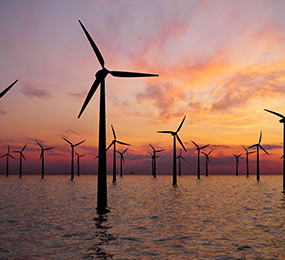Opportunities and gaps in floating wind skills development
There is no quick fix for this problem, and firms must continue to develop their existing talent to raise people up through the ranks to fill those roles.
However, it is comforting to see some promising signals of government backing. The system should be oriented around employer requirements so that individuals are trained for skill gaps that exist now and in the future in industries that the economy need, such as renewable energy.
Here are six areas of priority focus:
1) Skills transfer from non-renewable industries
The floating wind industry is well-positioned to lead the change by moving and keeping highly skilled professionals from old energy skill sets into greener technologies.
2) Short-term and long-term in-demand talents
Floating wind will continue to need traditional engineering, technical, and project management expertise. The scene, however, is shifting as a result of rapid and exciting technological innovation. For example, as data, digitization, and robots gain traction in sectors such as blade inspection and condition monitoring, the wind workforce dynamics will alter, opening up exciting new opportunities for a tech-savvy youth ready to make a difference.
There is a need to thoroughly comprehend the existing situation and skill sets, as well as prospective gaps and future skill requirements, which should then be woven into the national curriculum and training programs.
3) Education, retraining, and upskilling
Training will become a major facilitator in the floating wind sector's growth. Businesses are already focusing on upskilling existing employees and developing career development routes for people to advance within the business.
There is also significant opportunity for retraining existing skills, whether through successfully transitioning talent from other sectors, such as GWO training, or by focusing on local training programs to develop a local workforce and revitalize key regional clusters poised for increased floating wind deployment.
4) Training Programs
Demand for floating wind apprenticeships is expected to increase dramatically, maybe by 300 per year by 2030.
This is an excellent opportunity for collaboration among government, business, and academia to provide meaningful, short-term, practical training courses to draw a more varied mix of young people into the sector.
Floating wind companies around the UK are increasingly providing apprenticeship and graduate programs, which can only be a positive step forward in laying the groundwork for the industry's future workforce.
5) Education
As a result of the 'Greta-effect,' young people are becoming increasingly interested in the climate catastrophe and the detrimental effects of fossil fuels on our world. Almost a quarter of young people aged 15 to 18 are interested in working to mitigate climate change.
Long-term solutions must begin with education. The appetite is already there, and the time has come to truly hammer home the message of the excellent prospects given by the floating wind sector to schools and institutions.
Visit our website to know more: https://bit.ly/3WI81v2
For more information and group participation, contact us: [email protected]
Leadvent Group - Industry Leading Events for Business Leaders!
www.leadventgrp.com| [email protected]


